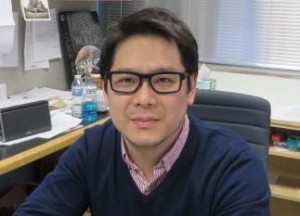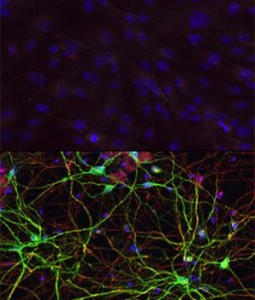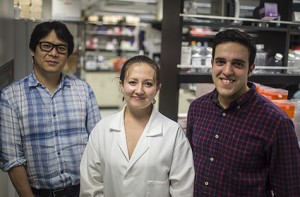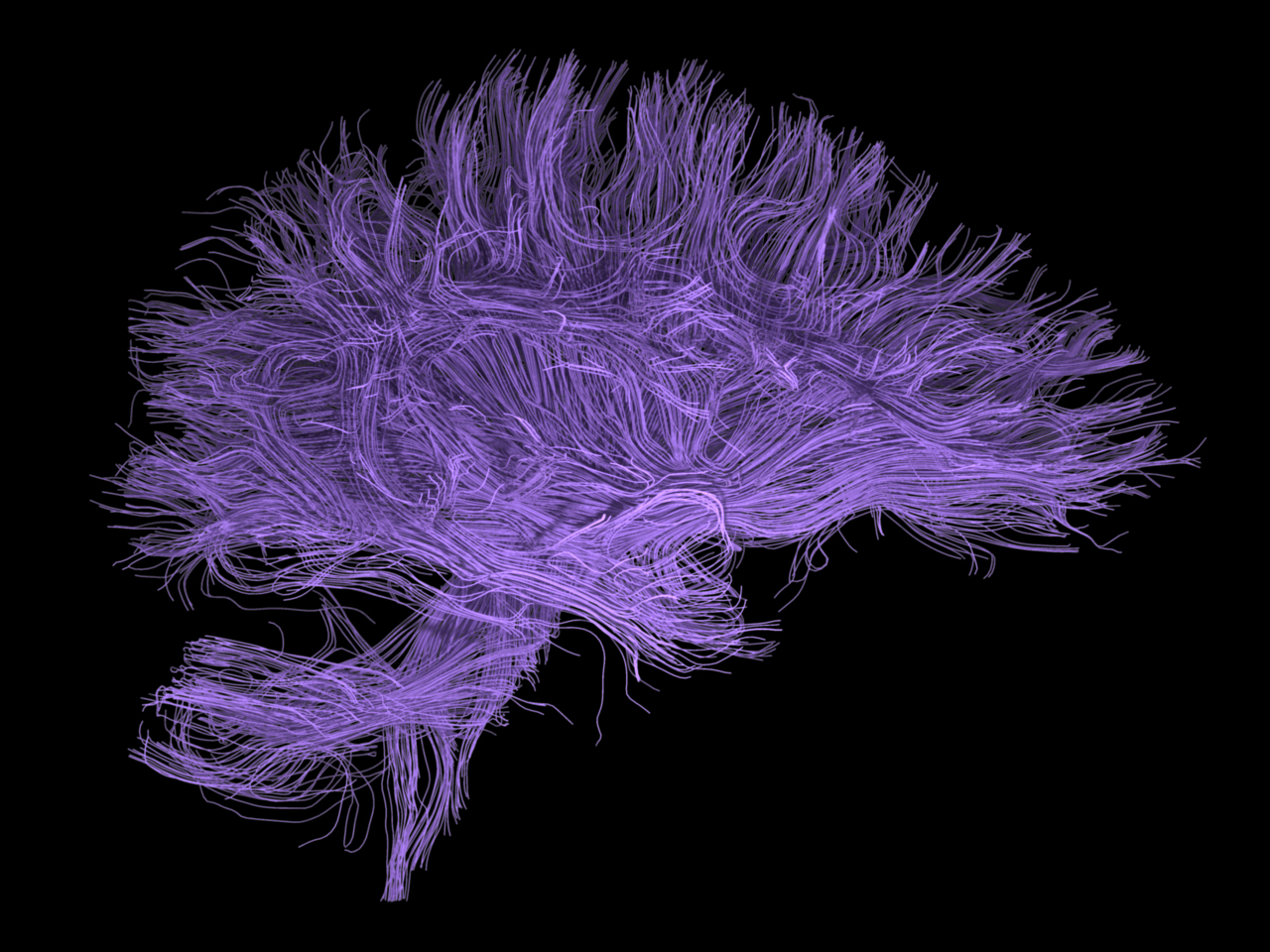A team of researchers from Washington University School of Medicine has converted human skin cells directly into brain cells. This breakthrough research is complimented by other landmark findings within the study–including that the cells were able to form neurological connections, both axonal and dendritic. The research holds promise for sufferers of neurodegenerative diseases such as Huntington’s disease.
“Our study shows that the transplanted human cells derived by direct conversion of skin cells could actually behave like normal neurons,” Dr Andrew Yoo, assistant professor of developmental biology at the Washington University School of Medicine and lead researcher on the study, told The Speaker.

“We have evidence for both dendritic and axon growth,” Yoo told us.
“For dendritic growth, we found the transplanted cells could elicit spontaneous postsynaptic potentials, meaning that the cell were wired into the existing neural circuit and receive inputs from neighboring cells.”
The transplanted cells also formed axonal projections from the transplanted skin cells. “These cells are known to extend projections into certain brain regions. And we found the human transplanted cells also connected to these distant targets in the brain. That’s a landmark point about this paper,” said Yoo.
The team used a particular combination of microRNAs and transcription factors to reprogram the skin cells to become a particular type of brain cell known as medium spiny neurons.

Yoo’s team had found in previous research that exposing skin cells to two small RNA molecules–miR-9 and miR-124–could transform the cells into different types of brain cells.
The team is not certain how the transformation takes place, but has hypothesized that the two small RNA molecules open up the DNA inside the cells. That DNA holds the instructions for making brain cells. The team achieved transformation of a skin cell into a particular type of brain cell by adding molecules called transcription factors that the team knew were present in the region of the brain where medium spiny neurons are abundant.
“They are priming the skin cells to become neurons,” said co-author Matheus B. Victor of the small RNA molecules. “The transcription factors we add then guide the skin cells to become a specific subtype, in this case medium spiny neurons. We think we could produce different types of neurons by switching out different transcription factors.”
The spiny neurons produced by the team are the main type affected by the neurodegenerative disease Huntington’s disease, an inherited disease that causes a gradual decline of mental ability, accompanied by involuntary movement.
The team plans to achieve further understanding of how their results could help people suffering from Huntington’s disease.

“We are currently doing experiments to figure out how these transplanted cells send out axons to proper sites,” Yoo told us.
Next for the team is research that will use cells from patients with Huntington’s disease. Whereas the current research transformed human skin cells into mouse brain cells, the next step will aim to convert skin cells from humans with Huntington’s into mice with the same disease, again trying to create medium spiny neurons.
“For any future implications of using reprogrammed cells for cell replacement-based therapeutic approaches, it is imperative to show that the human neurons directly converted from fibroblasts could integrate into the brain circuit,” Yoo told us.
The report, “Generation of Human Striatal Neurons by MicroRNA-Dependent Direct Conversion of Fibroblasts,” was authored by Matheus B. Victor, Michelle Richner, Tracey O. Hermanstyne, Joseph L. Ransdell, Courtney Sobieski, Pan-Yue Deng, Vitaly A. Klyachko, Jeanne M. Nerbonne, and Dr Yoo, was published in Neuron Magazine, and was funded by various bodies including the National Institutes of Health (NIH).
By Daniel Jackson
Photos: Yoo Lab, Dierk Schaefer
